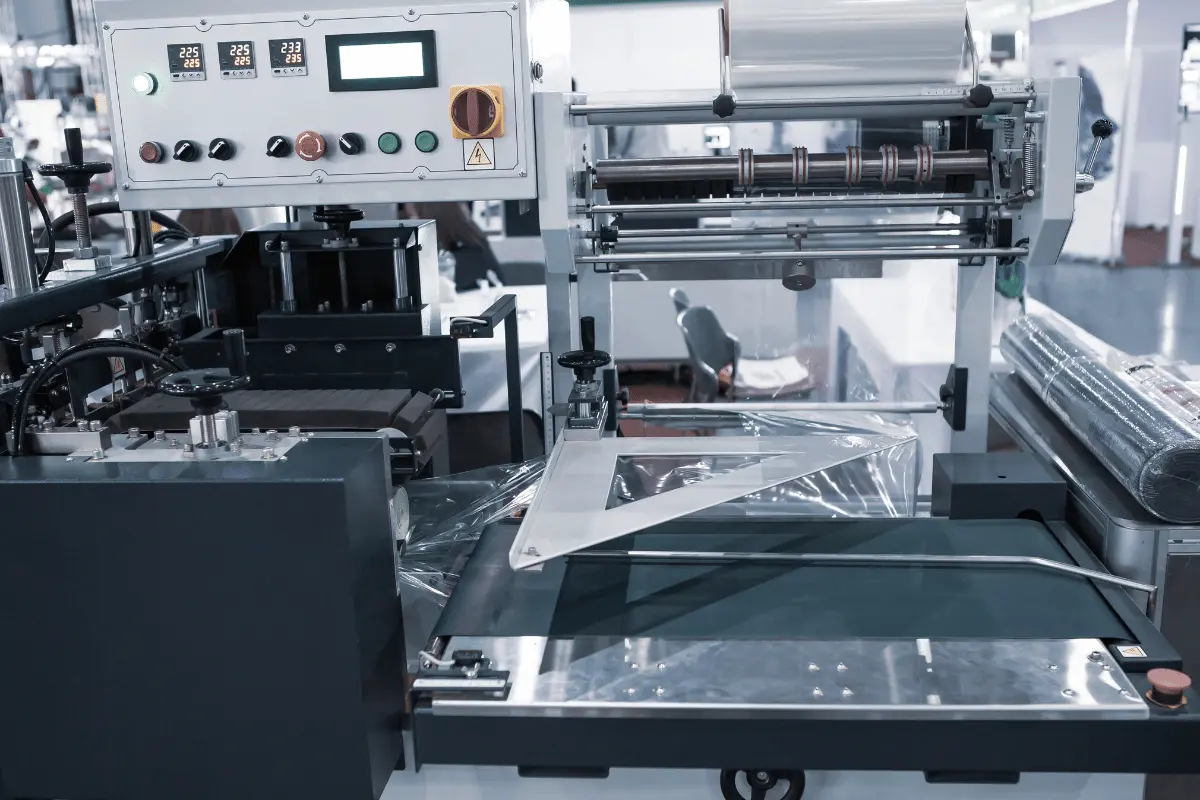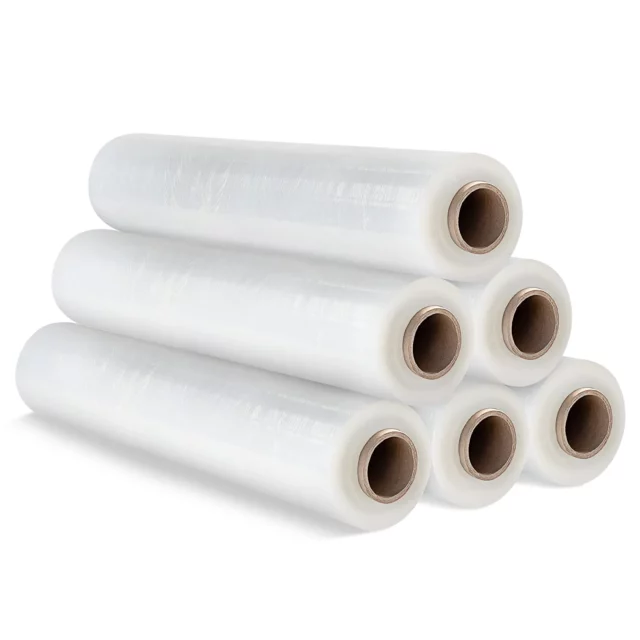Shrink wrapping rolls are one of the most common types of retail packaging used to protect products from damage during shipping and storage. It is also a common way to present products to customers. This versatile packaging technique has become increasingly popular in the retail industry, offering numerous benefits that can enhance both the appearance and protection of your goods. In this blog post, we will explore what shrink wrapping roll is, how it works, and its benefits, and provide step-by-step instructions on how to shrink wrap your own products.
What is Shrink Wrapping?
Shrink wrapping is a packaging technique that involves using heat to shrink a plastic film tightly around products. It creates a secure, protective layer that conforms to the shape of the items being packaged. This process is commonly used in retail settings to package various goods such as food, beverages, electronics, and even books.
The primary purpose of shrink wrapping roll is to provide an extra layer of protection for products during storage and transportation. By tightly sealing the items and forming a barrier against dust, moisture, and other environmental elements, shrink wrapping helps preserve their quality and extends their shelf life.
How Does Shrink Wrapping Work?
Shrink wrapping is a popular packaging technique used in various industries, including retail. But have you ever wondered how shrink wrapping actually works? Let’s dive into the fascinating process.
In simple terms, shrink wrapping involves using heat to tightly wrap a plastic film around a product or group of products. The machine unwinds the plastic film, which is in the form of PVC or polyolefin rolls, as needed.
After placing the product on a tray or inside a bag, the system guides the roll of film through a process that utilizes heat to shrink it around the items tightly. You can achieve this using either an automatic or manual machine, depending on the scale of production.
The heat causes the plastic film to soften and conform to the shape of the item(s) being wrapped. As it cools down, it forms a tight seal that protects against moisture, dust, and tampering.
One key aspect of shrink wrapping is understanding how to adjust temperature settings based on factors such as product size and type of film used. This ensures optimal results and prevents any damage to sensitive items during sealing.
Benefits of Using Shrink Wrapping Rolls
Shrink wrapping has become an essential part of retail packaging, offering numerous benefits for businesses. One of the main advantages is that it provides a tight and secure seal around products, protecting them from moisture, dust, and other contaminants. This helps to maintain the quality and integrity of the product during storage and transportation.
Another benefit of shrink wrapping roll is its ability to enhance the appearance of products on store shelves. The clear plastic film used in shrink wrapping allows customers to see the product inside. This entices them to make a purchase. To promote brand identity, shrink-wrapping rolls are customised with logos and labels.
Shrinkwrapping rolls also offer cost savings compared to traditional packaging methods. It requires less material than other forms of packaging like boxes or clamshells, reducing packaging costs for businesses. Furthermore, shrink wrap is lightweight, which leads to lower shipping costs due to reduced weight.
In terms of efficiency, shrink wrapping increases productivity by allowing for automated packaging processes. Machines specially designed for shrink-wrapping applications enable quick and efficient wrapping of products, reducing the need for manual labour.
Conclusion
In today’s competitive retail market, packaging plays a crucial role in attracting customers and protecting products. Shrink wrapping has emerged as a popular choice for many businesses due to its numerous benefits.
When compared to other packaging items such as clamshells and cardboard boxes, shrink wrapping is the most environmentally friendly. It reduces material waste by eliminating the need for excess packaging materials while still providing adequate protection.
So whether you’re packaging food items like fresh produce or baked goods or non-food items such as electronics or cosmetics – consider incorporating shrink wrapping into your retail operations for enhanced customer satisfaction and improved brand image!




